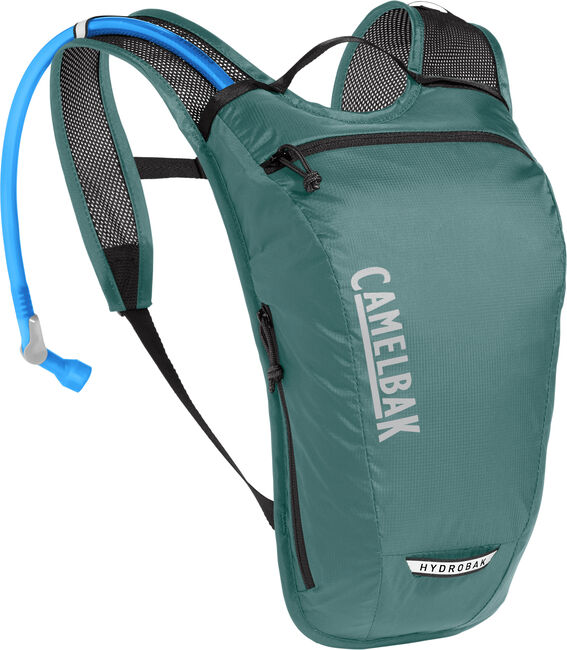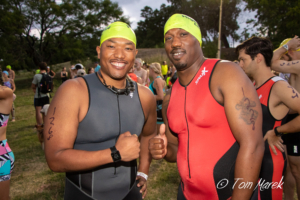Look your best in your Kerrville Tri race day photos with these great tips
Lights, camera, action! 📸 In the thrilling world of triathlons, every heartbeat, every pedal stroke, every determined stride is a moment worth capturing. Whether it’s your first race at the Kerrville Triathlon Festival or you’re a seasoned pro, nailing that perfect race photo becomes part of the victory. But how do you freeze those split seconds of glory into a frame? You’ve trained hard for the race; now it’s time to make sure the camera catches you at your best! Dive into our insider tips and tricks, and let’s make those race photos as epic as your performance. 🏊♂️🚴♀️🏃♂️
Swim
1. Think about your form
We have professional photographers out along the racecourse to capture your best moments throughout the triathlon. Since you know photographs are being taken, attempt to tighten up your form during the swim. You’ll be pleasantly surprised at how awesome a mid-swim photo of yourself can be!
2. Be ready to Smile
As you are making your way out of the water into T1, you can count on one of our amazing photographers to be there to capture the moment. Pro tip: smile BIG! We love seeing our participants having a great time moving on to the next portion of the tri, and these are often some of the coolest photos we get from Kerrville Tri!
Bike
1. Check your positioning
Bike photos are an awesome chance to get a great close-up race picture. However, no photo is worth losing control of your bike. We know everyone has their favorite riding position to be in when in the saddle. Rather than changing the position you’re comfortable with, simply give the photographer a smile or a thumbs up when you cruise past them! You’ll be very impressed at how they turn out. Keep your eyes on the road and flash the photographer a smile when you pass them by!
Run
1. Position your bib in T2
To make sure your personalized bib can be seen in your race photos, place it in the front-center of your race tri suit or shirt. This is also important for the automated photosystems to use this to tag your photos. This way you don’t have to sift through thousands of photos to try and find yourself, FinisherPix will do it for you!
2. Stand Tall
After the swim and bike portion, we know you’ll feel tired throughout the run course. This is when we tend to let our shoulders fall forward. But, when you see the photographers up ahead, stand up a little taller! No matter how you feel on the inside, this is a sure way to make you look effortless during the run portion.
3. Lengthen your stride
Elongate the appearance of your legs by lengthening your stride for a couple of steps when you see a camera! You don’t want to do this for the entire run portion of Smokin’ Good Tri, but it won’t hurt for a couple of photos when you catch a glimpse of the camera (not to mention, you’ll love how long your legs will look in these photos)
4. Relax your face and think positive
We know, easier said than done, but start practicing now when you go out for your training runs. Make your cheeks soft and say the word “Money.” Give it a try in the mirror and see for yourself. Hopefully, you’ll already be smiling from all the fun you’re having during the triathlon, but when you see a photographer ahead of you relax your face and enjoy yourself! We can assure you, the pictures are bound to turn out fantastic! Giving the photographer a thumbs up, about to cross the finish line!
5. Have fun!
This is by far the most important thing to remember if you want some incredible race photos. If you’re having a good time, it’ll show in the pictures. The photographers are there to capture your accomplishments, so the most important thing to remember is to have fun! You’ll be able to look back at these photos forever, so it’s important to make the most out of your experience.
And there you have it! Your comprehensive guide to looking your best in every snap from start to finish at the Kerrville Triathlon Festival. 📸 Whether it’s a poised swim shot, a dynamic bike capture, or a triumphant run moment, these tips are your secret sauce to memorable race photos. Don’t forget, your biggest asset is the joy of the race itself – let it shine through, and the camera will do the rest. Ready to immortalize your incredible achievement? Pre-order your photos now with FinisherPix and lock in that great discounted price. See you at the finish line, smiling and ready for your close-up! 🏁 🎉



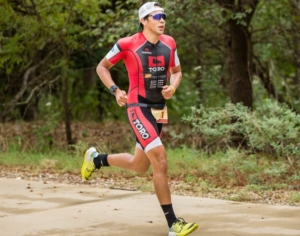
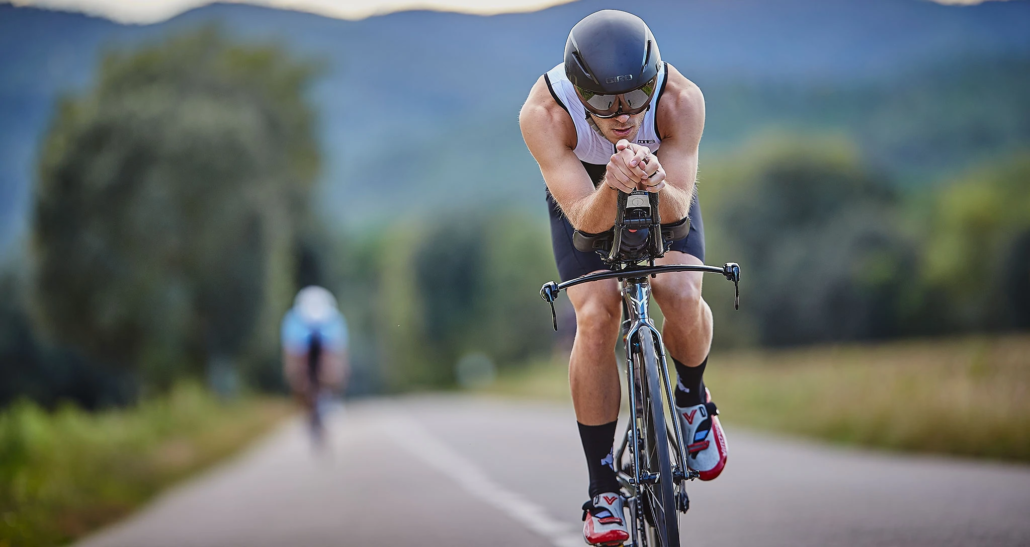
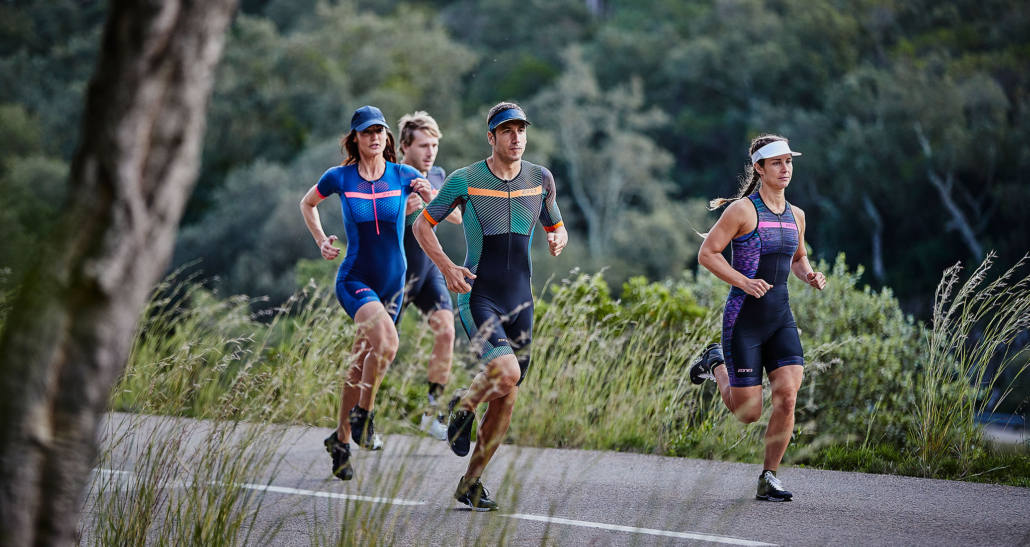
 Handheld Bottle
Handheld Bottle 